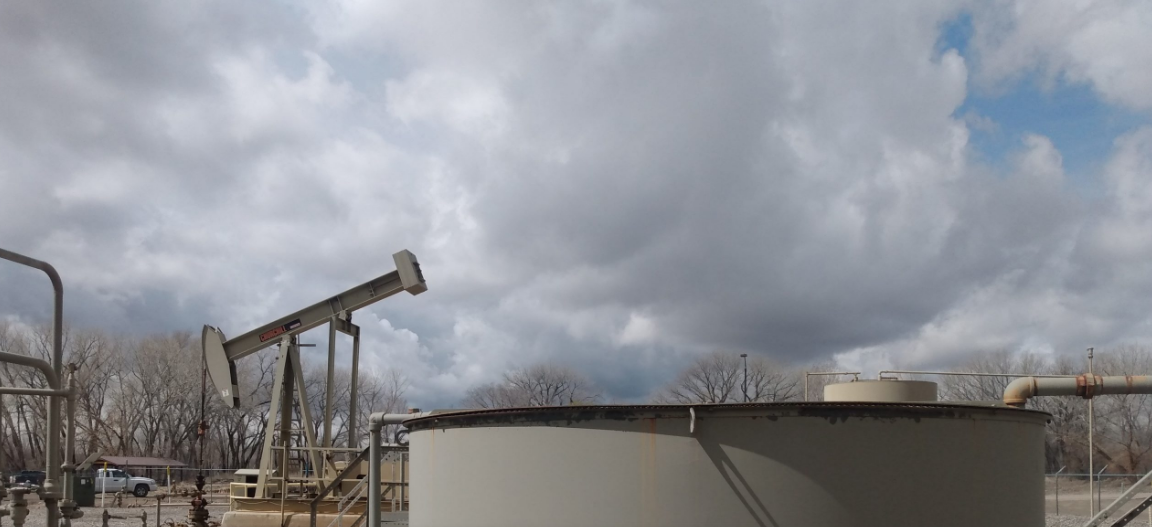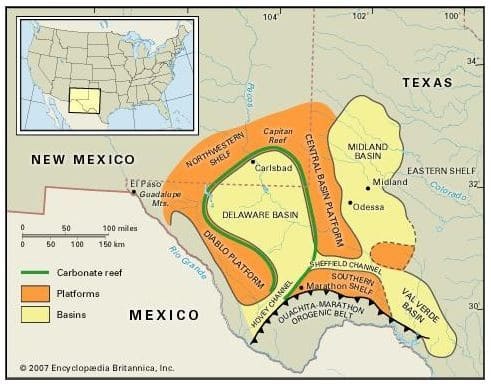
Gas prices in Lea County continue to rise. The good news is that these prices remain about 10¢ per gallon below the state average – and well below New Mexico’s all time high price average of $4.078 that was recorded on July 17, 2008.
The expectation was for prices to increase this winter, but the saber rattling over the Ukraine has futures traders in a frenzy over oil prices. It has long been an established fact that wars and even rumors of wars drive oil prices up. In fact, many scientific research papers have been written about the phenomenon.
Prices Affecting Lea County
For most of our local population, pain at the pump and sticker shock with heating bills are the main things being noticed as a result of higher oil prices. But for oil insiders these stronger oil prices are driving fresh interest in the Permian Basin. West Texas Intermediate (WTI) crude oil has already passed strongly through the $90 a barrel barrier in public trading.
Generally, and in the long run, what is good for the oil industry is good for Lea County, as well as the state of New Mexico. Local folk are put to work and public coffers are filled with tax dollars. In this respect the future is looking great for Lea County over the next few years. Locals who will benefit from the oil industry boom are in for a good ride!

The Oil Industry
Oil exploration is driven by the price of oil per barrel. Every prospect has its break-even point as calculated by operators. In most areas of the Permian Basin, oil prices over $90 per barrel will be considered potentially profitable.
Prices higher than $90 per barrel open up new prospect areas previously ignored because of a lack of economic feasibility. This point is particularly important for Lea County which lies near the northern edge of the Delaware Basin. The Delaware Basin is composed of many thin zones which previously because of the lower price of oil have not been economically feasible to drill.
Although most industry experts are predicting that oil prices will hover in the $100 a barrel range, other experts, in increasing numbers, forecast that during the next five years oil prices will be high averaging above $120 a barrel or very high prices averaging even above $150.
The specter of war is a wild card that could drive oil prices even much higher. If there is a war, the economic sanctions against Russia will actually hurt other nations in addition to Russia. In order to gain support from European allies who depend upon both oil and gas from Russia, the United States has made the commitment to fill the gap created by cutting off Russian supplies of oil and gas. The goal here is to hurt Russia financially, which will be done at the expense of supplying Europe to fill the energy deficit created by this shortfall. In turn, oil and gas prices will rise here in Lea County as more oil and gas production is exported to Europe.
The Ukraine Problem
Looking past the public posturing, the window dressing and, of course, the smoke and mirrors, the Ukraine situation is really very simple. Ukraine is a very weak country caught in a tug of war between two superpowers. America would like Ukraine to be a part of NATO. Most NATO allies agree, as Ukraine’s admittance to NATO would limit the expansion of Russian influence in the European area. Russia on the other hand doesn’t want NATO building military bases or the staging of troops on its borders.
Ukraine is caught in the middle of this dilemma, wanting to please the US and its allies and receive those all important foreign aid funds. Yet, Ukrainian officials are running the gamble of angering the Russian bear sitting on their country’s doorstep.
For the Russians NATO membership is a line in the sand. Ukrainian Ambassador Vadym Prystaiko said that the Ukraine is willing to be “flexible” over its goal to join the NATO military alliance, a move the Russian president, Vladimir Putin, has warned would be a trigger for war.
Some historians suggest that the “Finlandization” of Ukraine could be a solution. This concept highlights a way by which a small or weak country can retain its sovereignty by moderating some policy decisions. The term was originally applied to the situation Finland found itself trapped into during the cold war when faced with threats from the Soviet Union. Finland enforced a strict neutrality and remained outside of both NATO and the Warsaw Pact. By these actions, it avoided invasion or occupation by Soviet forces.


